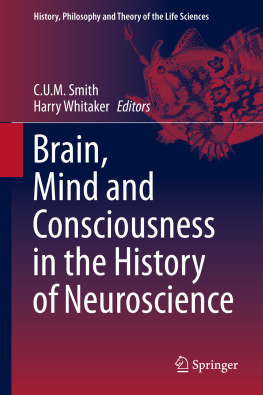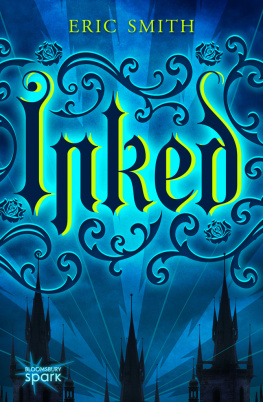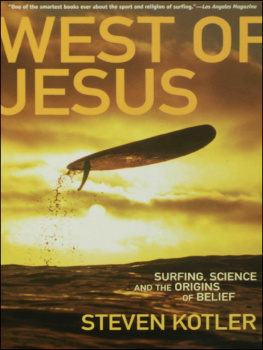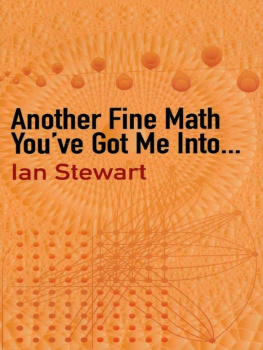1. Beginnings: Ventricular Psychology
Author was deceased at the time of publication.
... this part which must be such as to control and govern the passage of the pneuma ... is not the pineal body but the epiphysis that is very like a worm and is extended along the whole canal (Galen: De usu partium corporis humani (Transl. M.T. May))
Alfred North Whitehead famously said that all Western thought is but a series of footnotes to Plato. So let us start with Plato and, in particular, with that curious Pythagorean tract he published as a sort of addendum to the Republic . The Timaeus was in fact the only one of Platos works known to the Latin West until the translation surge of original Greek texts after the fall of Constantinople in 1453 ushered in the Renaissance. It describes in a dreamy manner a primitive neurophysiology to set alongside the poetical psychology of the Republic and the Phaedrus . Thus in the Timaeus we find a tripartite neurophysiology to parallel the tripartite sociology of the Republic : the proletariat, the warriors and the philosophers being represented in the body by a concupiscent soul beneath the diaphragm, a warrior soul in the thorax, and an intellectual soul in the head. It is only the latter soul that has the prospect of immortality, returning in a Buddhist-like cycle, through the forms of lesser animals, depending on its performance during life. The two lower souls are not offered this opportunity and perish when the body dies. The point being made here is that from remote antiquity (and Platos likely story is derived from yet earlier Pythagorean thought) a distinction was made between an immortal and a mortal soul.
Platos greatest pupil, Aristotle, was also clear that the intellect was something different from the other forces that motivated the human body. He also divided these indwelling forces or souls into three kinds: vegetable, animal and rational. Although he does not follow Plato in assigning immortality to the rational soul, he nevertheless points out that it cannot be blended with the body, else it would acquire one or other of the bodys characteristics, (warmth, cold etc.) and this is not the case. In addition, whilst sensations fade with repetition (habituate, we would say), thought only becomes clearer with practice ( De anima 429b1 ).
When we come to the Alexandrian neurophysiologists, Herophilus and Erasistratus, or what fragments of their work that have come down to us, we do not find this philosophical concern with the immortality or otherwise of the ratiocinative soul. Instead we find a more focused approach on the bodys physiology. Nevertheless, a tripartite classification still obtains. Blood, nutritive spirit, is contained in the veins, vital spirit or pneuma zotikon in the arteries, and animal spirit or pneuma psychikon in the nerves. These vessels, intertwined down to and below the level of ordinary visibility, form the substance of the flesh.
The last great alumnus of the Alexandrian medical school, Claudius Galen, half a millennium after Herophilus and Erasistratus, developed the Alexandrian neurophysiology by showing experimentally that the arteries did not contain pneuma zotikon but, as William Harvey, was later to put it, nothing but the equivocal gore. He also dissected the brain to show that it contained four ventriclestwo anterior ventricles (our lateral ventricles), a middle ventricle (our third) and a posterior ventricle (our fourth). These cavities he observed to be full of spirit which, he argued, had been distilled from the blood. This spirit, pneuma psychikon or animal spirit, was destined to play a long and significant role in neuropsychology.
Galen also described two other structures which were to have similarly long and significant roles in medieval neuropsychology. One was the pineal gland or conarium , the other was a worm-like structure that, he says, extends along the wall of the whole passage between the middle and posterior ventricle.
Before his time the pineal was thought, he says, to have the same function as the pylorus of the stomach. Just as the pyloric valve controls the flow of nutrients from the stomach to the small intestine, so the pineal was thought to control the flow of pneuma from the middle to the posterior ventricle. In spite of Galens vehemence we shall see that the pineal made a remarkable come-back in late medieval and Renaissance neuropsychology.
Nevertheless, Galen felt the need of some ventricular structure to control the flow of pneuma from the anterior to the posterior ventricles. This valving action was, he believed, undertaken by the worm-like structure that he had found to line the passage between the two ventricles. Those versed in anatomy he writes, have named it for its shape alone and call it the vermiform epiphysis [ vermis superior cerebelli ]. It is this, he writes, that regulates the flow of animal spirit from the middle to the posterior ventricle. We touch later on the problem of where and how and when Galens epiphysis became confused with the pineal or conarium.
In addition to being an anatomist Galen was also an experimentalist. A famous piece of serendipity resulted in his discovery of one of the functions of the recurrent laryngeal nerve when he accidentally cut it and found that his experimental animalin this case a pigstopped squealing. Evidently the brain controlled the voice, that most expressive signature of the soul. He also investigated the significance of the ventricles. In his short work on breathing he remarks that:
Since the emptying of the pneuma from the hollows of the brain, when it is wounded, at once makes men motionless and without sense, it must be surely that this pneuma is either the very substance of the soul or its primary organ.
This uncertainty over whether the pneuma psychikon or animal spirit is the very substance of the soul or its primary organ persists, as we shall see, for a millennium. Galen next proceeded to investigate the significance of the different ventricles. Pressing down on each in turn he showed that the posterior, our fourth, was the most important. Its destruction, he found, invariably led to the death of the animal. The importance of this ventricle was also emphasized by his observation that the cranial nerves originated from the medulla or from the floor of the fourth ventricle beneath the parencephalon, our cerebellum. He noted the pulsations of the brain when the skull had been removed and concluded that the brain, like the heart, acted as a pump to force fluid, in this case the pneuma psychikon within the ventricles, to flow out along the nerves. The significance of the vermiform valve is now apparent. This, of course, was long before Harvey established the true rate at which blood flows around the circulatory system. For Galen and the ancients the flow was only sluggish, so the analogy with the imagined flow of animal spirit was not far-fetched.








